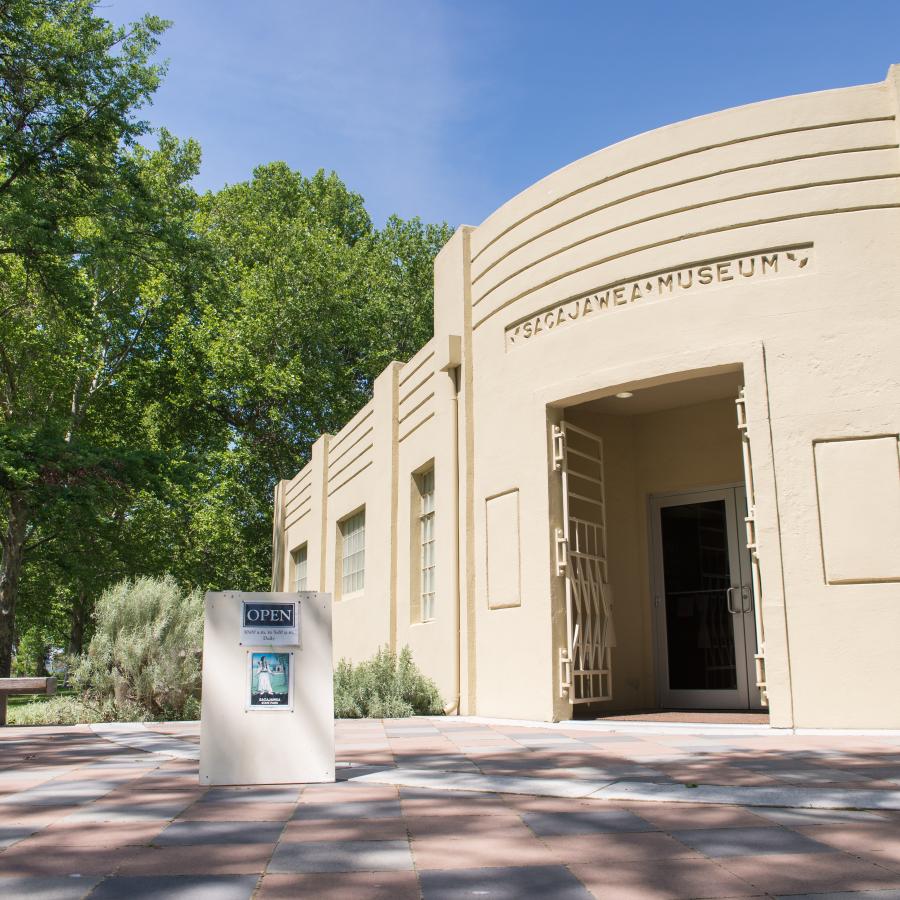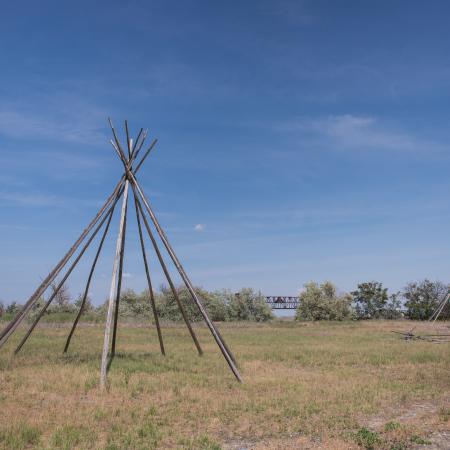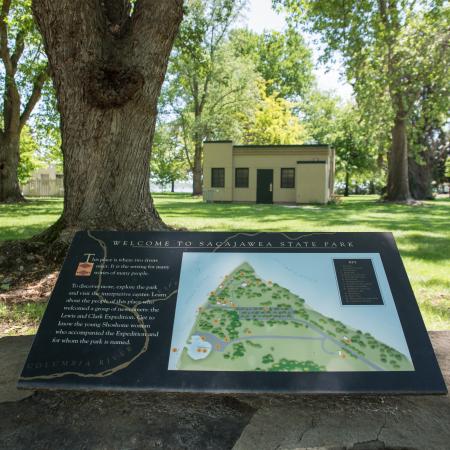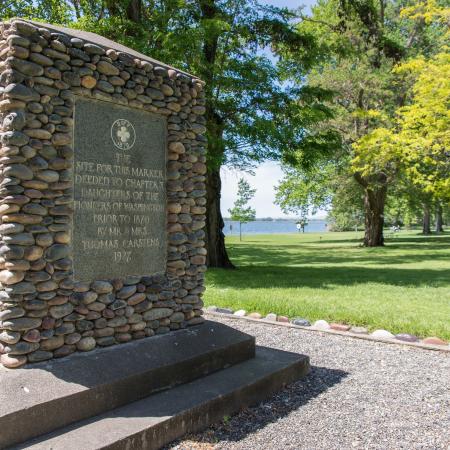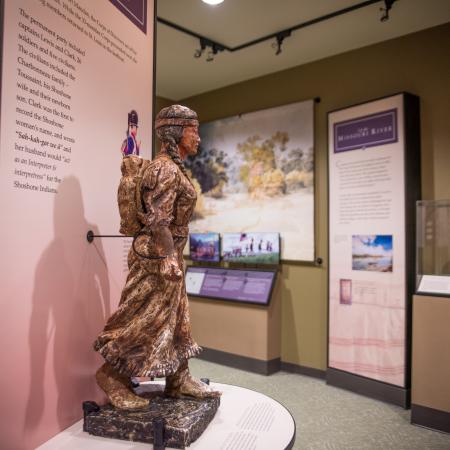Sacajawea Interpretive Center
2503 Sacajawea Park Road, Pasco, WA 99301
Overview
Map & visitor guide
Additional information
With views of the Snake and Columbia rivers confluence where Lewis & Clark rested in 1805, the Sacajawea State Park Interpretive Center tells the history about the Lewis & Clark Trail and American Indian artifacts. Exhibits include American Indian tool creations and use, the role and life of Sacagawea and the journey of Lewis & Clark.
Interpretive programs are available year-round by request, to schedule a class trip or request the Traveling Trunk. Call (509) 520-4013 for more information.
Operating Season
The center is open Wednesday - Sunday, April through October.
History
This interpretive center features exhibits on Lewis and Clark, the Corps of Discovery, and Native American guide and interpreter Sacagawea. When the Lewis and Clark expedition left Illinois in May 1804, half a continent of land largely unmapped lay to the west. No one realized the journey ahead would cover more than 7,500 miles and last almost two and a half years. On October 16, 1805, the expedition arrived at the confluence of the Snake and Columbia rivers- the site of today's Sacajawea State Park and Interpretive Center. They camped here for two nights, hunting, repairing equipment, and meeting some 200 Sahaptin-speaking Native Americans in the area.
The woman traveling with the Expedition known as Sacagawea was not merely the guide of legend, but a hardworking member of the Lewis and Clark Expedition. She was a food gatherer, interpreter, and in the lands along the Snake and Columbia rivers, a symbol of peace and friendship between the Expedition and other Native Americans.
The interpretive center is part of Sacajawea State Park, a 267-acre marine/day-use park. It features 9,100 feet of freshwater shoreline. The area offers excellent views of the confluence of the Snake and Columbia rivers.
Pronunciation of the name
Recent scholarly research and extensive study of the original journals indicate that both the preferred spelling and pronunciation of the Shoshone woman's name are with a "g". Because the park has been known as Sacajawea for many decades, the "j" spelling is retained. Elsewhere in brochures, exhibits, and programs, the "g" is used.
Contact us
| Sacajawea.Interpretive@parks.wa.gov | |
| Phone | (509) 545-2056 |

